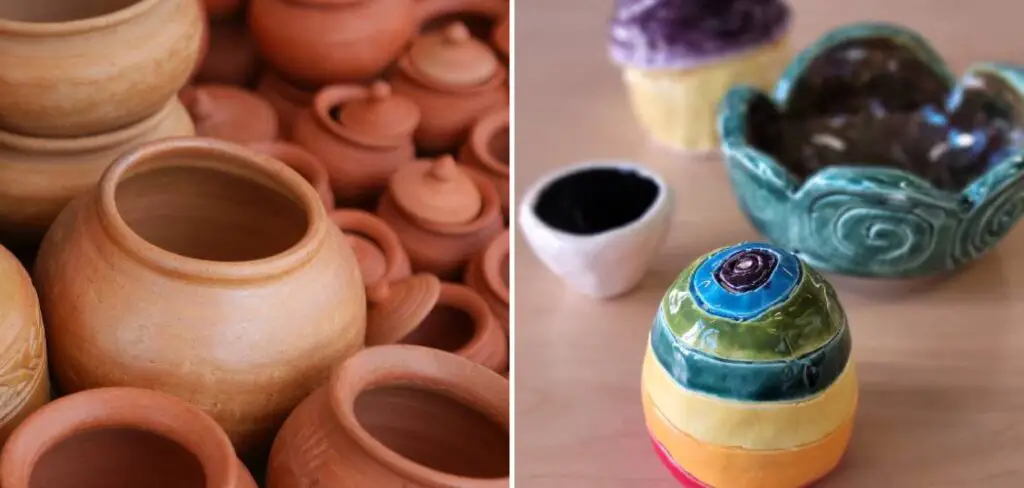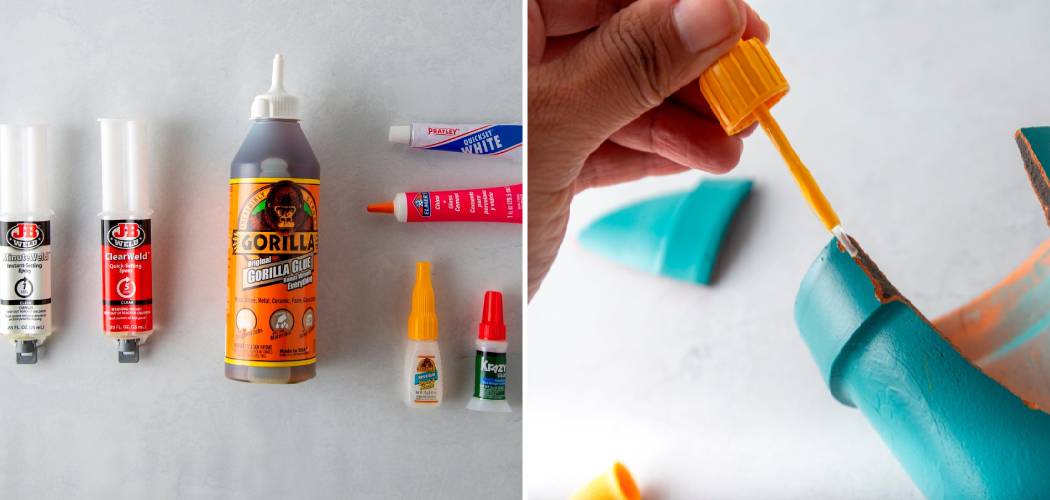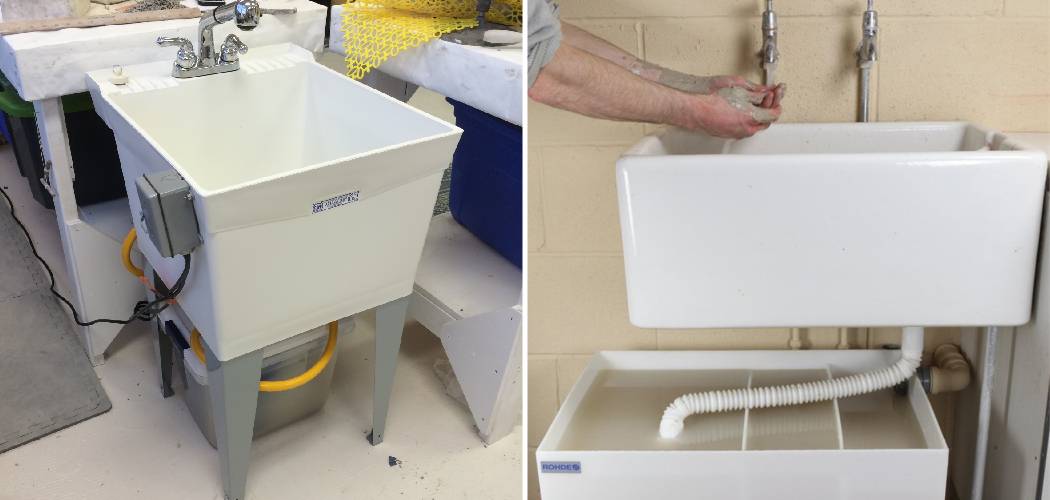Pottery has been a part of human civilization for thousands of years, serving both functional and decorative purposes. The art of arranging pottery is a way to showcase these beautiful pieces and enhance the aesthetic appeal of a space. Whether you have a collection of pottery that you want to display or you are looking to add some pottery to your home decor, understanding the principles of pottery arrangement can help you create a visually pleasing display. This article we will delve into how to display pottery.
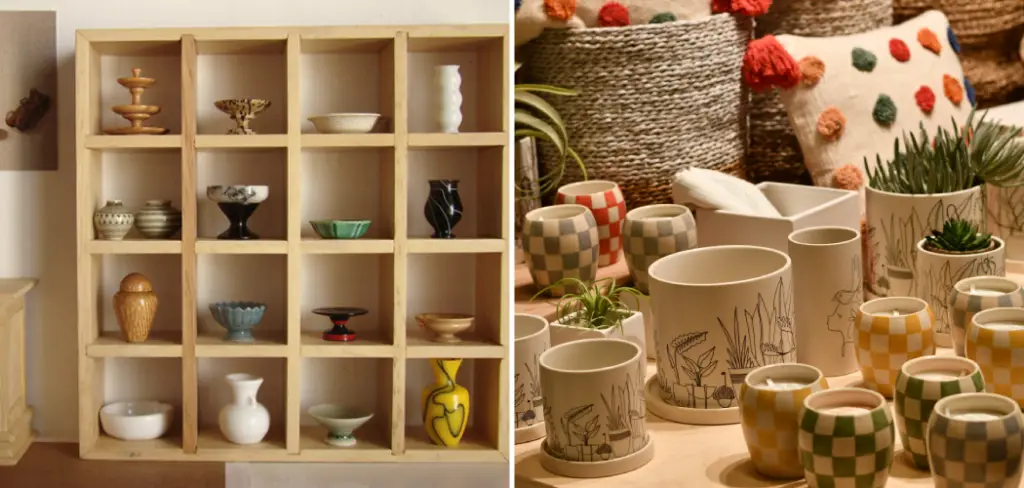
Arranging pottery is not just about placing the pieces randomly on a shelf or table. It involves careful consideration of factors such as color, shape, size, and texture. By arranging pottery thoughtfully, you can create a display that not only showcases the beauty of the individual pieces but also creates a cohesive and visually appealing composition.
Table of Contents
6 Key Factors for How to Display Pottery
Choosing the Right Pottery for Your Display
When selecting pottery for your display, there are several factors to consider. First and foremost, consider the style and theme of your space. Choose pottery that complements the overall aesthetic and ambiance of the room. For example, if you have a modern and minimalist space, opt for pottery with clean lines and simple designs. On the other hand, if you have a bohemian or eclectic style, you can choose the pottery with vibrant colors and intricate patterns.
Another factor to consider is the size of the pottery. If you have a large space, you can opt for bigger and more statement-making pieces. However, if you have a small space, choose smaller pieces that won’t overwhelm the area. Additionally, consider the shape of the pottery. Mixing different shapes can add visual interest to your display, but make sure they still work well together.
Understanding the Principles of Design in Pottery Arrangement
The principles of design play a crucial role in pottery arrangement. These principles include balance, proportion, rhythm, emphasis, and unity. By understanding and applying these principles, you can create a cohesive and visually appealing display.
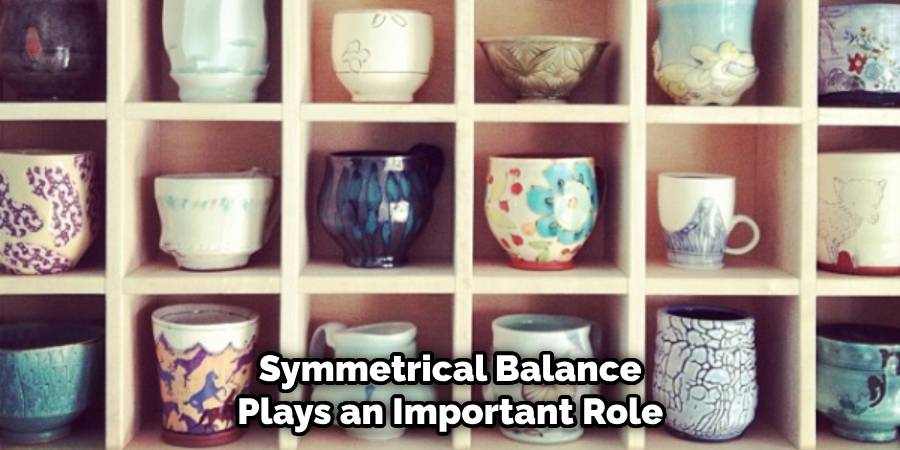
Balance is one of the most important principles in pottery arrangement. It refers to the distribution of visual weight in a composition. There are two types of balance: symmetrical and asymmetrical. Symmetrical balance involves arranging pottery in a way that is mirrored on both sides, creating a sense of stability and order. Asymmetrical balance, on the other hand, involves arranging pottery in a way that is visually balanced but not mirrored.
Proportion is another important principle to consider. It refers to the size relationship between different elements in a composition. When arranging pottery, consider the size of each piece and how it relates to the overall display. Avoid placing large pieces next to small ones, as this can create an unbalanced and disjointed look.
Creating a Focal Point in Your Pottery Display
Creating a focal point in your pottery display is essential to draw attention and create visual interest. A focal point can be created by selecting a larger or more visually striking piece and placing it in a prominent position. This piece should stand out from the rest of the pottery and serve as the centerpiece of the display.
When selecting a focal point, consider the style and theme of your space. Choose a piece that complements the overall aesthetic and ambiance of the room. For example, if you have a modern and minimalist space, opt for a sleek and sculptural piece as your focal point. On the other hand, if you have a bohemian or eclectic style, you can choose a piece with vibrant colors and intricate patterns.
Once you have selected your focal point, arrange the rest of the pottery around it in a way that enhances its visual impact. Consider the principles of design, such as balance and proportion, to create a cohesive and visually appealing composition.
Using Color and Texture to Enhance Your Pottery Arrangement
Color and texture are powerful tools that can enhance a pottery display. They can add visual interest, create depth, and evoke certain moods or emotions. When arranging pottery, consider the colors and textures of the pieces and how they work together to create a harmonious composition.
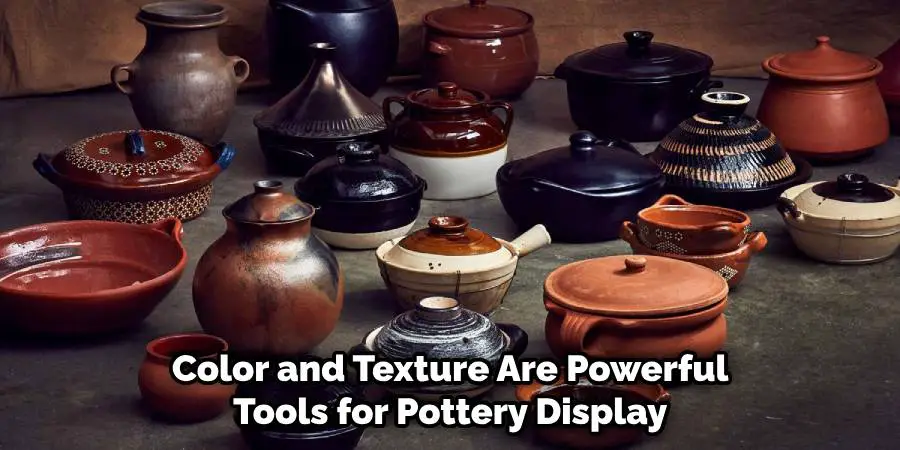
When it comes to color, you can choose to create a monochromatic display using pottery in different shades of the same color. This can create a sense of calm and sophistication. Alternatively, you can opt for a complementary color scheme by using pottery in colors that are opposite each other on the color wheel. This can create a vibrant and dynamic display.
Texture is another important element to consider. Pottery comes in a variety of textures, from smooth and glossy to rough and matte. Mixing different textures can add visual interest and create a tactile experience. For example, you can pair a smooth and glossy vase with a rough and textured bowl to create contrast and balance.
Balancing Shapes and Sizes in Your Pottery Display
Balancing shapes and sizes is crucial in pottery arrangement to create a visually pleasing display. When arranging pottery, consider the shapes and sizes of the pieces and how they work together to create balance.
Mixing different shapes can add visual interest to your display. You can combine round and curvy shapes with angular and geometric shapes to create contrast and balance. For example, you can pair a round vase with a square plate or a curvy bowl with a triangular sculpture.
When it comes to sizes, consider the scale of your space and the other elements in the display. Avoid placing large pieces next to small ones, as this can create an unbalanced and disjointed look. Instead, aim for a gradual progression in size, with the largest piece as the focal point and the smaller pieces arranged around it.
Incorporating Natural Elements into Your Pottery Arrangement
Incorporating natural elements into your pottery arrangement can add a touch of organic beauty and create a sense of harmony with the surrounding environment. Natural elements such as plants, flowers, branches, or stones can enhance the overall aesthetic appeal of your display.

When incorporating natural elements, consider the style and theme of your space. Choose elements that complement the overall aesthetic and ambiance of the room. For example, if you have a modern and minimalist space, opt for simple and sculptural branches or stones. On the other hand, if you have a bohemian or eclectic style, you can choose lush and vibrant plants or flowers.
Place the natural elements strategically throughout the display to create a sense of balance and harmony. For example, you can place a small plant next to a vase or arrange branches in a way that complements the shapes and sizes of the pottery.
Tips for Arranging Pottery in Different Spaces and Settings
Arranging pottery in different spaces and settings requires careful consideration of the specific characteristics and requirements of each space. Whether you are arranging pottery in a living room, kitchen, or outdoor area, there are certain tips that can help you create a visually pleasing display.
In a living room, consider the overall style and theme of the space. Choose pottery that complements the existing furniture and decor. Arrange the pottery on a coffee table, bookshelf, or mantel in a way that creates a focal point and enhances the overall aesthetic appeal of the room.
In a kitchen, consider the functionality and practicality of the pottery. Choose pieces that can be used for storage or display purposes. Arrange the pottery on open shelves or countertops in a way that is both visually appealing and accessible.
Maintaining and Refreshing Your Pottery Display
- Maintaining and refreshing your pottery display is essential to keep it looking fresh and new over time. Here are some tips to help you maintain and refresh your display:
- Regularly dust and clean the pottery to remove any dirt or debris. Use a soft cloth or brush to gently wipe the surfaces.
- Rotate the pottery periodically to prevent fading or discoloration from prolonged exposure to sunlight.
- Consider changing the arrangement of the pottery every few months to create a new look and keep the display interesting.
- Incorporate seasonal elements into your display to reflect the changing seasons. For example, you can add flowers or foliage in spring and summer, or pinecones and branches in fall and winter.
- Experiment with different combinations of pottery and natural elements to create new compositions and visual effects.
Conclusion
The art of arranging pottery is a way to showcase the beauty of these timeless pieces and enhance the aesthetic appeal of a space. By understanding the principles of design and considering factors such as color, shape, size, and texture, you can create a visually pleasing and cohesive display. Whether you are arranging pottery in a living room, kitchen, or outdoor area, there are tips and techniques that can help you create a display that reflects your personal style and enhances the overall ambiance of the space.
So go ahead, experiment with pottery arrangements, and have fun creating beautiful compositions that bring joy and inspiration to your home. Follow these simple instructions outlined in this blog post about how to display pottery, and you’ll be able to get the job done with ease.


